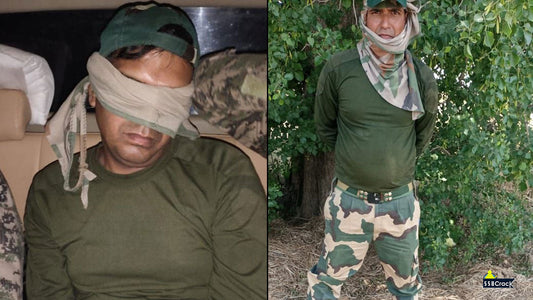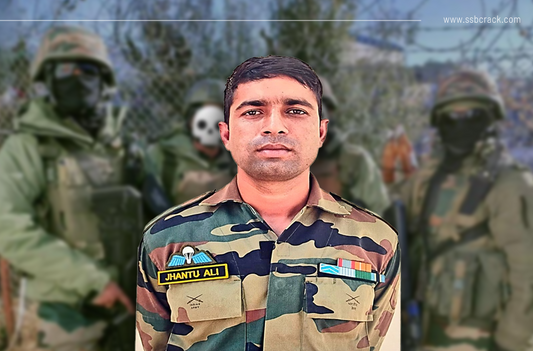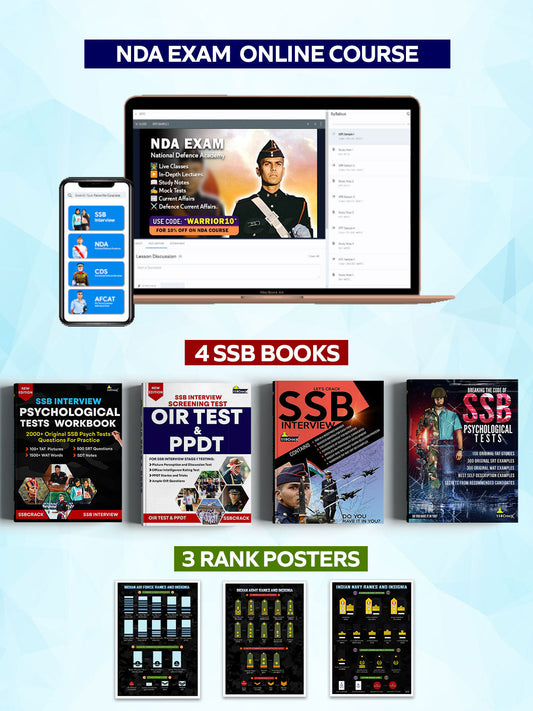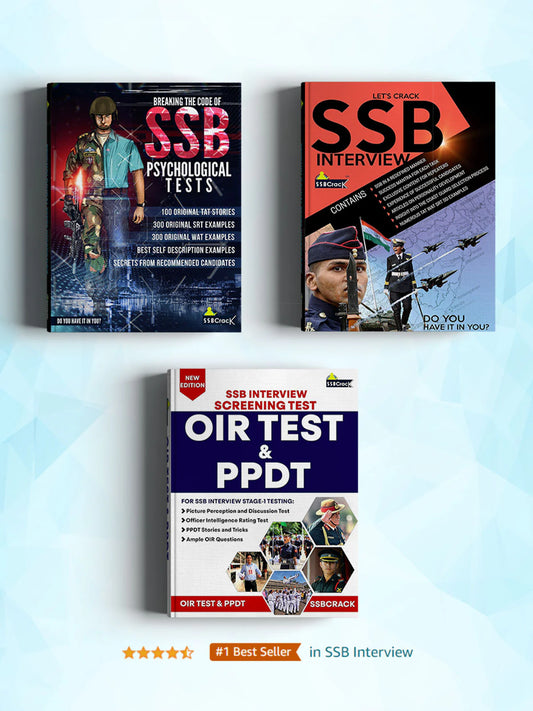How To Join Rashtriya Rifles: A Step-by-Step Guide
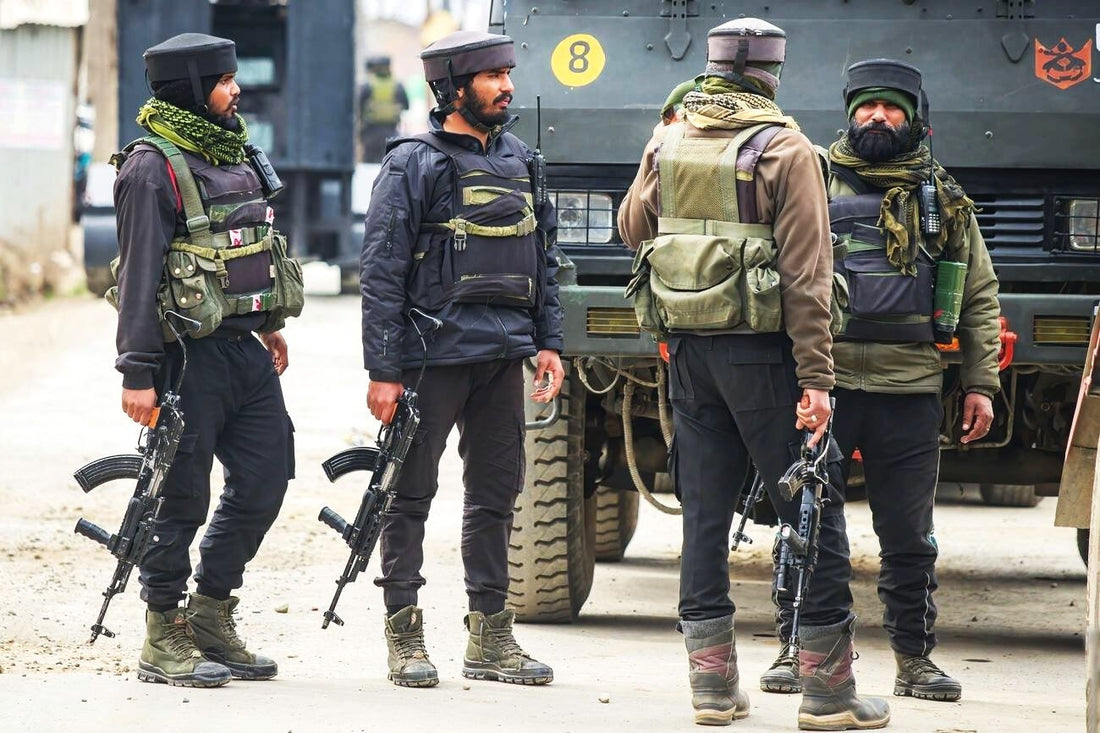
Joining the Rashtriya Rifles (RR) is a prestigious endeavor within the Indian Army, known for its specialized counter-insurgency operations. It requires a dedicated commitment to serve in one of India's most respected military formations.
In this comprehensive guide, we will explore the step-by-step process of joining the Rashtriya Rifles, including understanding the eligibility criteria, necessary training, and other critical aspects associated with gaining entry into this elite force.
SSB Interview Books Power Pack: 4 Must Read Books for Defence Aspirants
Rs. 1,760.00
Sale price
Rs. 1,399.00
Let's Crack SSB Interview Book [Paperback]
Rs. 390.00
Sale price
Rs. 360.00
Breaking The Code of SSB Psychological Tests [Paperback]
Rs. 390.00
Sale price
Rs. 360.00
OIR Test & PPDT - SSB Interview Screening Test - Stage 1 Testing [Paperback]
Rs. 490.00
Sale price
Rs. 375.00
Historical Context
The Rashtriya Rifles were formed in 1990 as an elite unit of the Indian Army to combat insurgency in Jammu and Kashmir. This army regimentation evolved during a time when the region was facing significant unrest, and the existing forces were inadequately equipped to handle the intricate challenges posed by insurgency and militancy. Over the years, the RR has grown to be a vital component of India's military strategy in counter-terrorism, with various battalions playing integral roles in significant operations aimed at restoring peace and security.

Why Join the Rashtriya Rifles?
Serving in the RR is regarded as a badge of honor, attracting highly motivated individuals with a desire to serve the nation in challenging conditions. Here are a few compelling reasons for considering a career in the RR:
- High Salary: Personnel in the RR receive a 25% higher salary compared to their counterparts in regular army postings, along with various additional benefits.
- Elite Training: Members are provided with specialized training in areas such as urban warfare, counter-insurgency tactics, and weapon handling.
- Service Above Self: Joining the RR often aligns with a commitment to national service and the opportunity to serve in some of the most difficult terrains.
Rashtriya Rifles RR Indian Army Coffee Mug
Rs. 699.00
Sale price
Rs. 499.00
Indian Military Academy IMA Coffee Mug
Rs. 699.00
Sale price
Rs. 499.00
NDA Service Before Self Coffee Mug
Rs. 699.00
Sale price
Rs. 499.00
Officers Training Academy OTA Chennai Coffee Mug
Rs. 699.00
Sale price
Rs. 499.00
Overview of the Joining Process
1. Joining the Indian Army The pathway to the Rashtriya Rifles begins with enlisting in the Indian Army. Applicants can join either as an officer or as a Jawan (soldier).
For Officers
- Examinations: Prospective officers must clear the Union Public Service Commission (UPSC) examinations, specifically the National Defence Academy (NDA) or the Combined Defence Services (CDS) exams. There are other direct entries as well to join the Indian army as an officer.
- Training: Successful candidates undergo three years of rigorous training at the National Defence Academy, followed by one year at the Indian Military Academy (IMA), culminating in their commissioning as officers. Depending on the entry, officer cadet may directly Join the Indian Military Academy or Officers Training Academy Chennai and Gaya.
For Soldiers
- Recruitment: Soldier entry typically occurs through recruitment rallies organized across various states or directly through the Army Recruitment Offices.
- Training: Recruits undergo basic military training, equipping them with necessary skills that will form the foundation of their future service.
2. Assignment to a Regiment Upon commissioning or after finishing initial training, officers and soldiers are assigned to different infantry regiments within the Indian Army. Every infantry regiment was required to establish one or two RR battalions during the formation of the force. This was part of a broader effort to create a dedicated counter-insurgency unit by drawing personnel from existing army units.
3. Deputation to Rashtriya Rifles After serving in their respective regiments, soldiers and officers may become eligible for deputation to the RR. The primary conditions include:
- Service Duration: This usually lasts from two to three years.
- Selection Criteria: The selection is based on merit, experience, and the needs of the organization. Special emphasis is placed on prior service and performance in regular army engagements.
4. Pre-Induction Training Before being deployed to the RR, selected personnel undergo intensive pre-induction training at the Corps Battle School located in Sarol and Bhalra. This training is aimed at preparing them for the unique challenges faced in counter-insurgency operations and includes:

- Cultural and Language Training: Understanding local languages and cultures is crucial for effective operations in sensitive regions.
- Physical Fitness: Maintaining peak physical condition is essential; rigorous training regimes are implemented.
- Weapon Handling and Marksmanship: Focus is given to improving weapon proficiencies and ensuring that personnel are adept with advanced weaponry.
- IED Training: Personnel are trained on how to identify, handle, and safely defuse improvised explosive devices (IEDs), which play a significant role in contemporary warfare.
SSB Interview Study Material 2025 [ Pack of 17 eBooks ]
Rs. 1,313.00
Sale price
Rs. 499.00
Thematic Apperception Test (TAT) Part 1 eBook [100+ Stories]
Rs. 150.00
Sale price
Rs. 139.00
SSB Lecturette Topics Part-1 eBook [100 Topics]
Rs. 149.00
Sale price
Rs. 125.00
20 Practice Sets For OIR Test eBook - [1000+ Questions Included]
Rs. 250.00
Sale price
Rs. 199.00
The Structure and Operations of the Rashtriya Rifles
Command Structure
The Rashtriya Rifles operate under the direction of the Additional Directorate General of Rashtriya Rifles (ADG RR). The command is divided into five Counter Insurgency Forces (CIF), each responsible for operations across different areas of the Kashmir Valley and Jammu division. This hierarchical organization ensures that operations are coordinated and efficiently managed.
Composition and Affiliations
The Rashtriya Rifles consists of 65 battalions structured as follows:
- Each battalion has its unique affiliations with various infantry regiments like the Jat Regiment or the Assam Regiment. An example being 34 RR is associated with the Jat Regiment, while 35 RR aligns with the Assam Regiment.
This composition allows the RR to benefit from the diverse expertise and operational history of various regiments, enhancing its overall effectiveness in complex scenarios.
Operational Strategy
The operational ethos of the Rashtriya Rifles focuses on respect for human rights while engaging in counter-insurgency missions. Personnel are required to build trust with local populations while also effectively neutralizing threats. This dual approach is integral to restoring peace and normalcy in conflict-affected areas.

Statistical Data and Research Insights
According to various reports, the effectiveness of the Rashtriya Rifles is underscored by their performance metrics:
- Success Rates: Since their formation, the RR has successfully managed to neutralize countless threats and has played a significant role in the reduction of violence in Jammu and Kashmir over the years.
- Deployment Locations: The RR operates across multiple regions prone to insurgency and unrest, highlighting its significance within the broader strategic framework of the Indian Army.
Challenges in Joining the Rashtriya Rifles
While the path to the Rashtriya Rifles may appear straightforward, numerous challenges could impede prospective candidates:
High Competition
The recruitment process for the Indian Army is competitive, and gaining entry into the RR requires standing out based on service records and training performance.
Psychological and Physical Demands
The demanding nature of service in the RR — especially in counter-insurgency operations — can take a toll on individuals. Resilience, both physically and mentally, is essential to cope with the pressures encountered.
Understanding the Local Dynamics
Deployment in sensitive areas necessitates an in-depth understanding of local cultural and political dynamics, which can vary widely across regions. Comprehensive training, including cultural assimilation, is crucial.
Future Trends in Recruitment and Training
The future of recruitment into the Rashtriya Rifles will likely adapt to evolving security landscapes and operational needs. Emerging trends include:
- Technological Integration: Increasing use of technology for training and operations, including drone surveillance and advanced communication tools.
- Enhanced Training Programs: Incorporating joint exercises with other security forces and international collaborators to improve tactical knowledge.
- Diversity in Recruitment: Expanding recruitment messages to include a more diverse applicant pool, ensuring representation from all sectors of society.
Conclusion
Joining the Rashtriya Rifles is an admirable goal for many individuals aspiring for a career in the Indian Army. It is a journey that demands commitment, perseverance, and a deep-seated desire to protect and serve the nation. From joining the Indian Army and fulfilling the basic training requirements to the pre-induction training for RR, each step is pivotal in shaping adept personnel ready to confront the challenges of modern warfare.
In conclusion, aspiring candidates should remain informed, dedicated, and ready to embrace the rigorous path that leads to a career within the esteemed ranks of the Rashtriya Rifles. For those looking for comprehensive preparation aids, resources provided by SSBCrack and SSBCrackExams can be highly beneficial in navigating the journey.


![Let's Crack SSB Interview Book [Paperback]](http://shop.ssbcrack.com/cdn/shop/files/ssb-books.webp?v=1736351621&width=533)
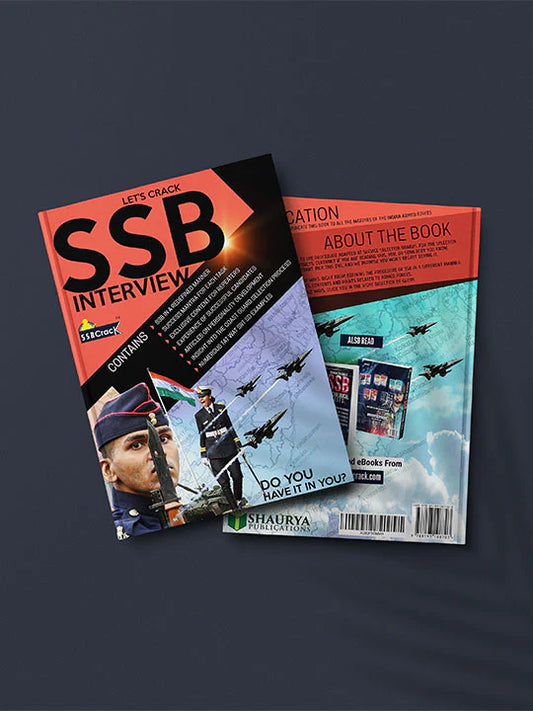
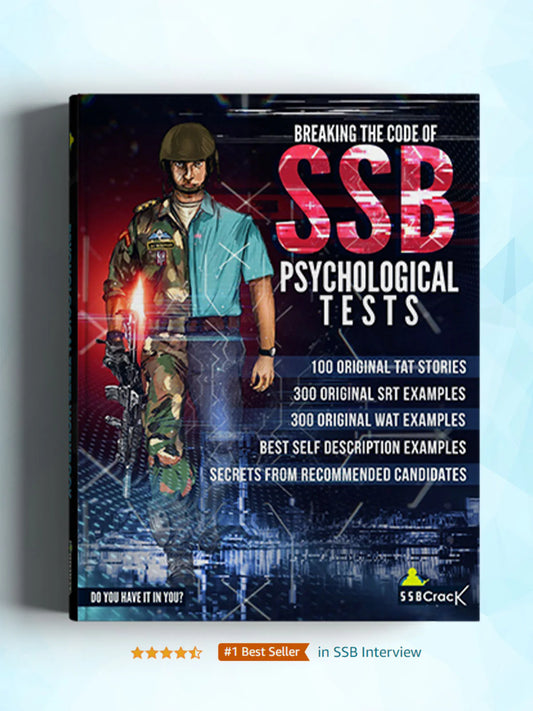

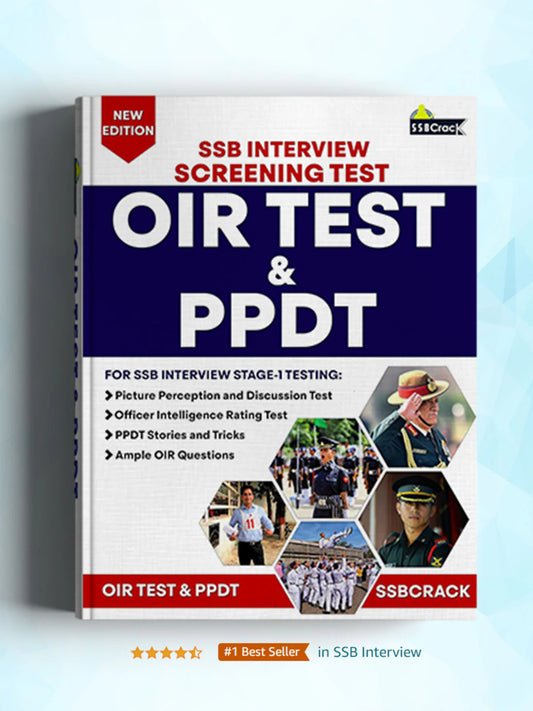
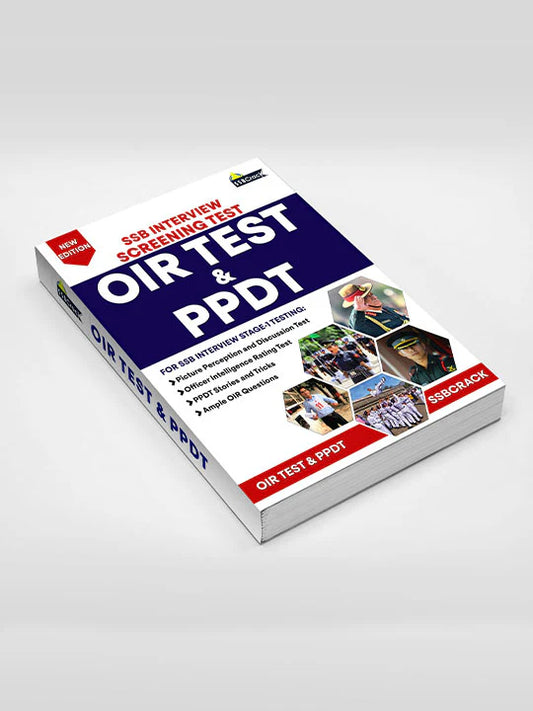
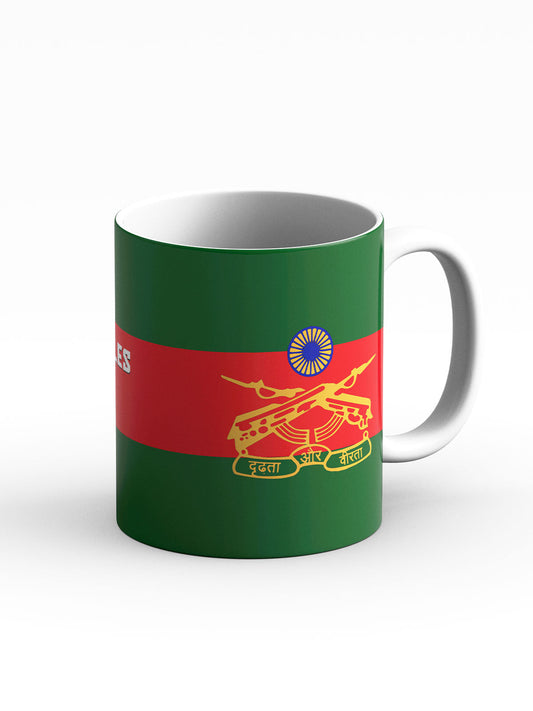
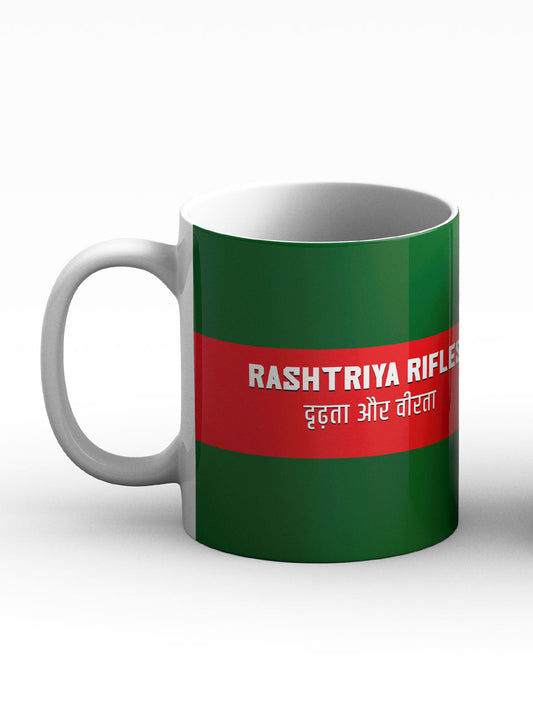
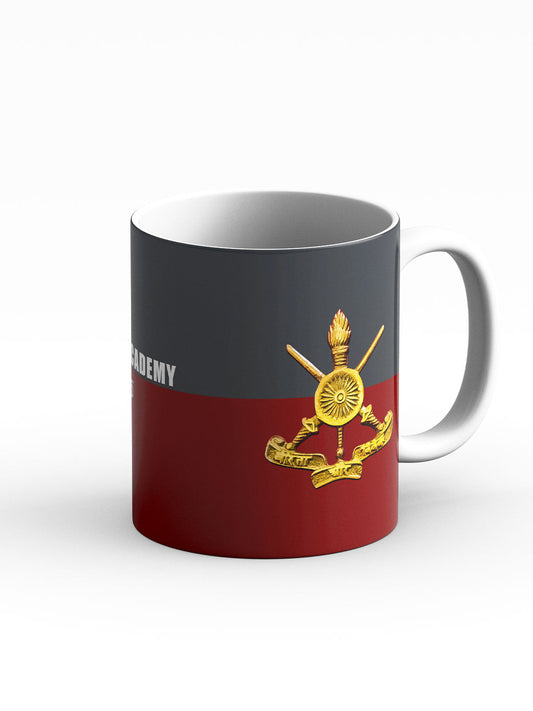
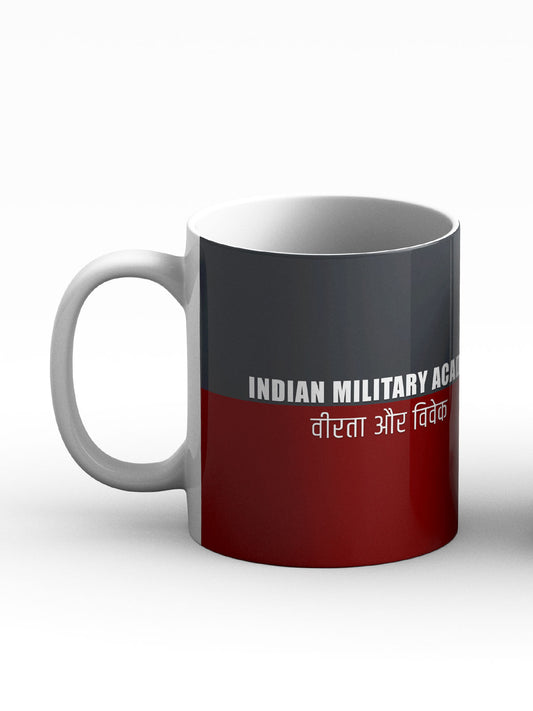
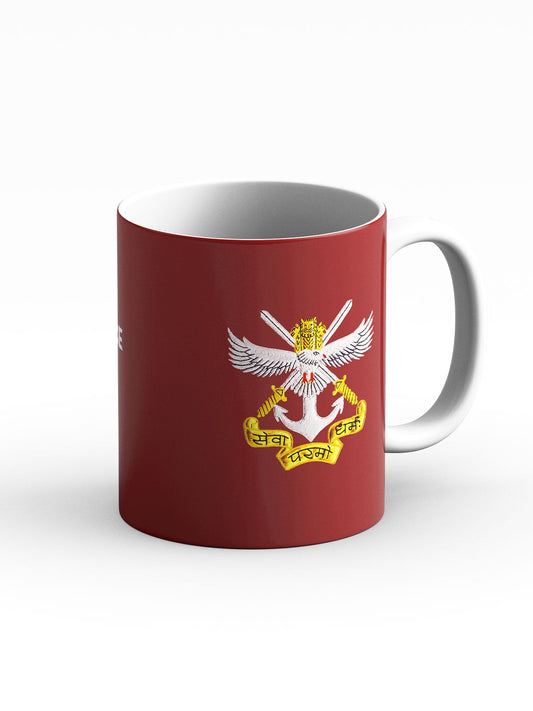
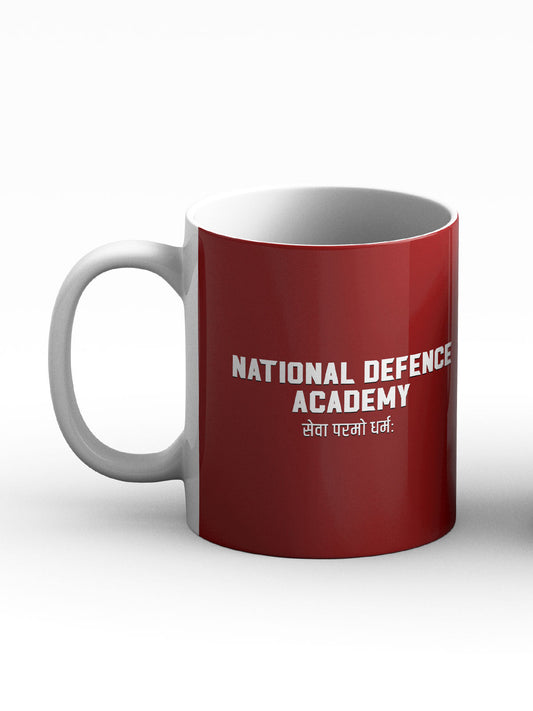




![Thematic Apperception Test (TAT) Part 1 eBook [100+ Stories]](http://shop.ssbcrack.com/cdn/shop/files/TAT-ebook-part-1-ssbcrack_051ae49c-43ea-4eb4-95c7-0fa0bfa2a639.jpg?v=1735540406&width=533)





